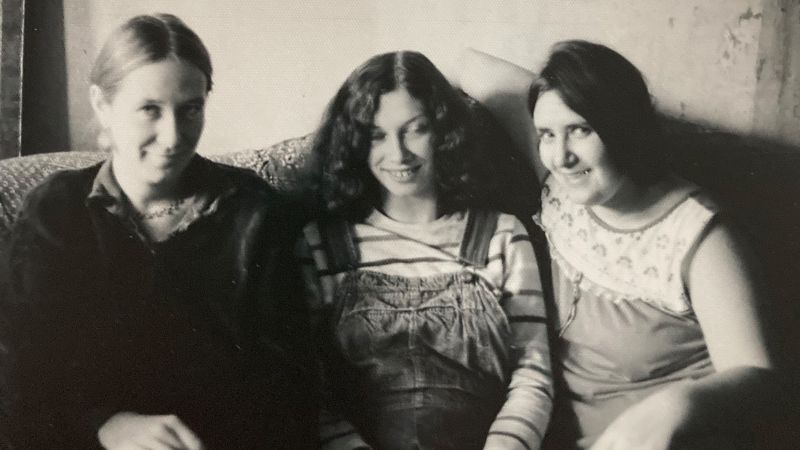Florida Governor Ron DeSantis, whose impassioned battles over pandemic lockdowns and divisive cultural issues have endeared him to conservatives, will announce on Wednesday he is seeking the Republican presidential nomination, placing him on a collision course with former President Donald Trump.
DeSantis will make the announcement on Twitter during a discussion with Twitter CEO Elon Musk, DeSantis’ political team confirmed. At the same time, he will file a document with the Federal Election Commission declaring his candidacy.
NBC first reported the planned announcement.
Musk confirmed his appearance on a webcast during a conference hosted by the Wall Street Journal, saying he was not endorsing DeSantis.
“I’m not at this time planning to endorse any particular candidate, but I am interested in Twitter being somewhat of a town square,” Musk said.
DeSantis was re-elected handily to a second term in November. His rising profile among Republicans and fundraising prowess likely make him the biggest threat to Trump’s hopes of becoming the Republican nominee for the White House again.
The two men were close allies during Trump’s four years in the White House – Trump endorsed him during his first campaign for governor – but DeSantis has since forged his own political identity. At 44 he may represent the future of the party more than does the 76-year-old Trump.
“Announcing on Twitter is perfect for Ron DeSantis. This way he doesn’t have to interact with people and the media can’t ask him any questions,” said a Trump adviser who asked not to be identified.
DeSantis will convene a meeting in Miami of his top donors, who will immediately launch his presidential fundraising efforts.
During the coronavirus pandemic, DeSantis became the national face of resistance to mask and vaccine mandates and has been a virulent critic of Dr. Anthony Fauci, who headed the government’s COVID-19 response in both the Trump and Biden administrations.
In stump speeches, he has argued his policies made possible Florida’s economic recovery from the pandemic, turning the state into a magnet for hundreds of thousands of new residents. Florida has consistently outpaced the country in job growth over the last two years.
“His pandemic response effectively made him the governor of Red State America,” said Justin Sayfie, a Florida lobbyist and a former aide to former Florida Governor Jeb Bush.
In the months leading up to his presidential bid, DeSantis has toured the country, visiting states like Iowa and New Hampshire that will hold early presidential nominating contests next year and talking up his accomplishments in Florida.
But his decision to wait until now to join the fray has allowed Trump to batter DeSantis with a fusillade of attacks, costing him standing in national polls.
Aggressive agenda
DeSantis has rebuffed critics, pushed his priorities through the legislature and punished his enemies. His Democratic opponent in his 2022 re-election campaign, Charlie Crist, called DeSantis a “wannabe dictator.”
When Walt Disney Co DIS.N, one of Florida’s biggest employers, opposed the so-called “Don’t Say Gay” law that limited discussion of LGBTQ issues in schools, DeSantis moved to strip the company of its self-governing status.
Disney has since filed a federal lawsuit against the governor, accusing him of weaponizing state government to retaliate against the company.
When an elected Democratic state attorney said he would not prosecute anyone for defying DeSantis-backed limits on abortion, DeSantis removed him from his position.
He has made crusading against what Republicans call “woke” education policies a centerpiece of his politics while supporting conservative candidates for local school boards.
He backed a legislative measure that prohibits the teaching of “Critical Race Theory” – an academic doctrine that views US history through the lens of oppression – in state public schools despite little evidence it was being taught.
Republican lawmakers in Florida handed DeSantis a bevy of conservative victories in its recent session: They expanded the state’s school voucher program, prohibited the use of public money in sustainable investing, scrapped diversity programs at public universities, allowed for permitless carry of concealed weapons and, perhaps most notably, banned almost all abortions in the state.
The widespread abortion ban may help DeSantis appeal to the party’s evangelicals, but may damage him significantly in the November 2024 general election should he make it that far. Pro-business Republicans have also been critical of his feud with Disney, arguing that it is at odds with the party’s traditional hands-off approach to regulation.
Republicans nationwide have taken notice of his aggressive approach to governing. DeSantis and his affiliated political action committee raised more than $200 million in support of his gubernatorial re-election bid.
Also watching has been Trump, who has taken to deriding his one-time protégé at rallies, nicknaming him “DeSanctimonious” and claiming credit for making DeSantis the political rising star he is today.
On the stump, DeSantis has a wholly different style than the bombastic Trump: low-key, buttoned-down and prone to favoring policy over personal attacks. His campaign speeches can sometimes feel like PowerPoint presentations.
A key question going forward will be how DeSantis responds to what will certainly be a nearly endless stream of insults and insinuations from Trump. So far, he has attempted to dismiss them as “noise” and said he is focused on “delivering results.”
It may not be in DeSantis’ interest to fire back. He needs to win over some portion of Trump’s supporters. Instead, he likely will try to walk a careful line between not denigrating Trump while making clear he favours many of the same policies with perhaps a steadier hand on the tiller.
Prior to his election as governor in 2018, DeSantis served as a US congressman for three terms. His wife, Casey DeSantis, is considered his closest political adviser. The couple has three children.
(REUTERS)
Source link
#Trump #challenger #DeSantis #enter #race #Twitter #event #Musk


















